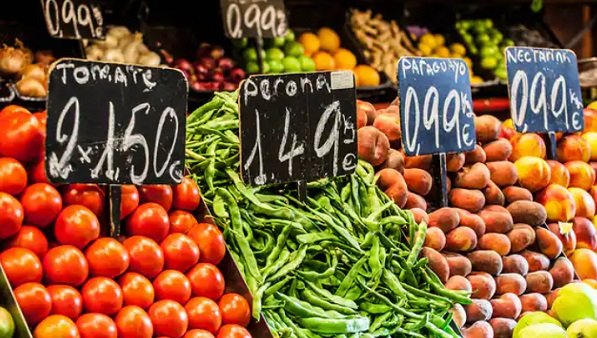Inside BENEO’s new pulse plant: pioneering sustainable protein from faba beans
The notable drop in food inflation is largely attributed to falling prices in key commodities such as vegetables, eggs, pulses, meat and fish, cereals, and milk products
India’s year-on-year inflation rate for March 2025 has shown a sharp decline, with the Consumer Price Index (CPI) standing at 3.34 per cent, according to provisional data released by the Ministry of Statistics and Programme Implementation. This marks the lowest inflation rate recorded since August 2019, as a significant reduction in food prices helped to ease overall inflationary pressure.
The March 2025 inflation rate reflects a 27-basis point drop compared to the previous month, February 2025. The decline has been attributed to a significant fall in the prices of food items, particularly vegetables, pulses, meat, and dairy products. The Consumer Food Price Index (CFPI) for March 2025 also dropped to 2.69 per cent, the lowest since November 2021, signaling a positive trend for consumers.
The notable drop in food inflation is largely attributed to falling prices in key commodities such as vegetables, eggs, pulses, meat and fish, cereals, and milk products. These categories, which have traditionally driven food inflation in India, saw considerable price moderation in March 2025, benefiting consumers across both rural and urban regions. Rural India saw a slightly higher inflation rate of 2.82 per cent for food items, compared to 2.48 per cent in urban areas.
Experts suggest that the sharp decline in food inflation may also signal an early sign of stabilizing global food prices, which have been erratic over the last few years due to various external factors, including climate change and supply chain disruptions.
In a contrasting trend, vegetable oil prices saw a 17 per cent year-on-year increase in March 2025. This rise is a direct consequence of a government decision to significantly raise import duties on crude vegetable oils from 5.5 per cent to 27.5 per cent in September 2024. The move aimed at promoting domestic oilseed production and offering support to farmers by boosting Minimum Support Prices (MSP).
Sudhakar Desai, President of the Indian Vegetable Oil Producers’ Association (IVPA), emphasised that the new import duty structure was designed to encourage the domestic cultivation of oilseeds like mustard and soybean, which form the backbone of India’s edible oil sector. However, with India still importing close to 60 per cent of its edible oil needs, global market conditions and price fluctuations will continue to impact domestic prices.
Currently, domestic prices for mustard and soybean are trading slightly below their MSP, and with the mustard harvest approaching, market dynamics are expected to remain volatile in the short term. Desai also pointed out that factors like global tariffs, bio-diesel policies, and the upcoming monsoon season will play a critical role in determining future price trends.

